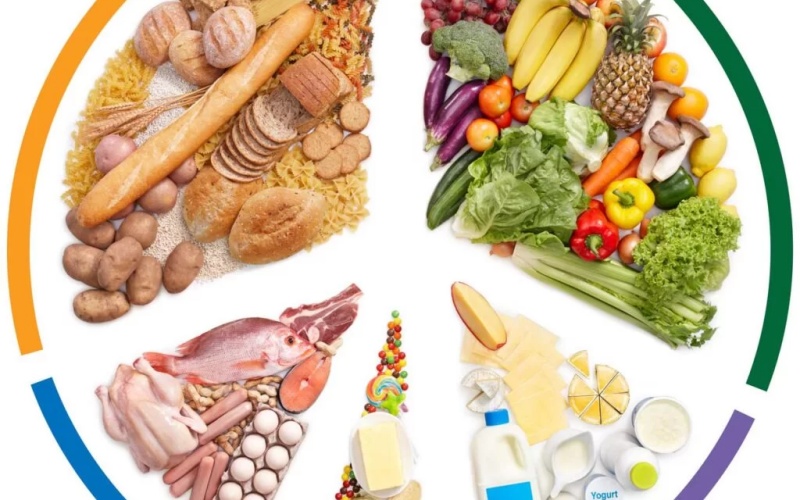One of the primary components of food labels is the Nutrition Facts panel. This panel outlines the serving size, calories, and key nutrients such as fats, carbohydrates, proteins, vitamins, and minerals. Paying attention to serving sizes is vital, as many people underestimate the amount they consume. For instance, a bag of chips may contain multiple servings, and understanding this can help prevent overeating.
In addition to the Nutrition Facts panel, ingredient lists provide valuable insights into the quality of a product. Ingredients are listed in descending order by weight, meaning the first few items are the most significant components. By examining this list, consumers can identify added sugars, unhealthy fats, and artificial additives. Choosing products with shorter ingredient lists and recognizable items can lead to healthier choices.

Another important aspect of food labels is the presence of allergens. Labels must clearly indicate common allergens such as nuts, dairy, gluten, and soy. This information is especially crucial for individuals with food allergies or sensitivities, as even trace amounts can trigger severe reactions. Being vigilant about allergens can help avoid potentially life-threatening situations.
Understanding claims on food packaging is also essential. Terms like organic, natural, and whole grain can be misleading. For example, a product labeled as natural may still contain additives and preservatives. Familiarizing oneself with certification labels, such as USDA Organic, can help ensure that the products align with health and ethical standards.

Moreover, consumers should be aware of health claims made on packaging. Terms like low-fat, heart-healthy, or sugar-free can create a false sense of security. It is essential to investigate what these claims mean and how they fit into the overall nutritional picture. For instance, a low-fat product may be high in sugar, negating its perceived health benefits.
Understanding food labels empowers consumers to make choices that align with their dietary needs and preferences. Whether someone is looking to manage weight, reduce sodium intake, or increase fiber consumption, food labels are invaluable tools. By taking the time to read and understand these labels, individuals can cultivate healthier eating habits and make informed decisions that promote overall well-being.




